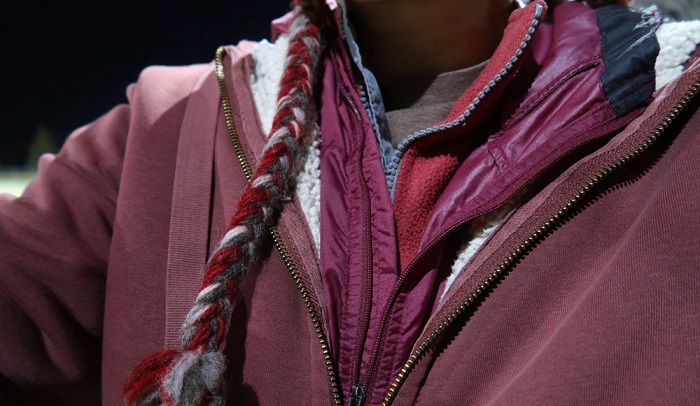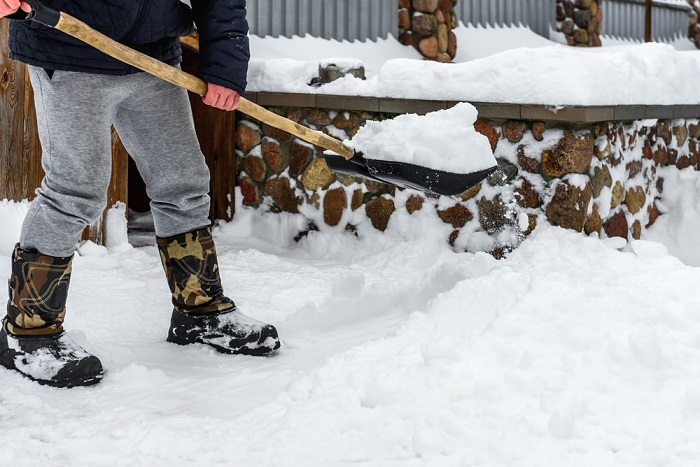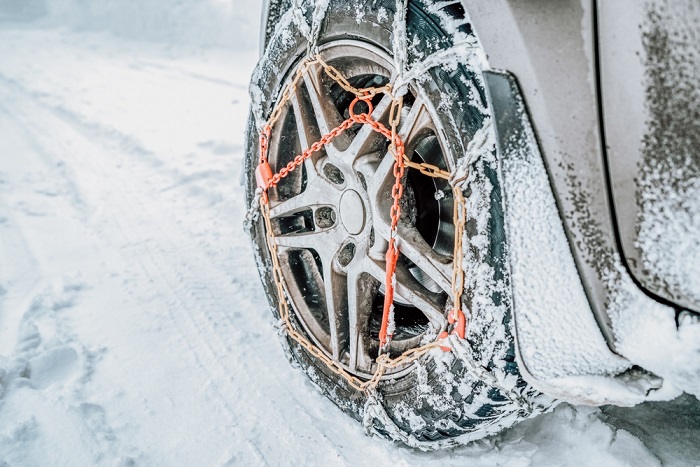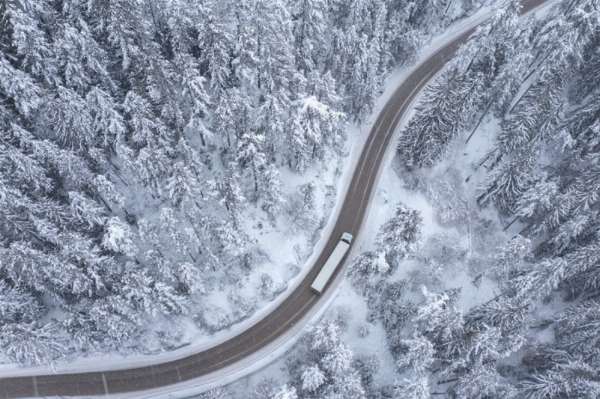Here’s one puzzling observation that defies science: Temperatures don’t feel the same in different parts of the country. A low of 60 degrees in California feels freezing, for example, while the same temperature in New York City can feel quite warm. The difference feels even more intense after you’ve lived somewhere for an extended period of time and have acclimated to the weather. There are some things you need to know if you’re moving from a warm climate to a cold area, starting with the list below.
Buy a Coat
Most people in warm climates can live their entire lives without purchasing or using a single coat. If you move to the Midwest or parts of the East Coast where it snows, however, a coat is a must-have in your closet.
A nice, thick coat can offer protection from the chilly wind. The warmest types are padded or down-filled, but wool will also keep you warm. Because coats tend to be more expensive than other clothing items, we recommend looking for deals and discounts ahead of time — especially online and during holiday sales.
Wear Layers

The concept of wearing layers seems foreign in warm places. After all, you usually need only a light jacket for a handful of days the whole year. But things work differently in colder climates, and you better layer up.
Wearing multiple layers of clothing is not only about dressing warm, but also about dressing efficiently. If you’re in a cold city but spend part of your day indoors — if you head to the office in the mornings, for example — chances are your wool coat will be too warm for the central heating found in most indoor buildings. When you wear layers, you’re able to take off coats and sweaters as needed.
Get a Pair of Snow Boots
Few things beat the beauty of waking up on a crisp morning and finding a blanket of fresh snow covering the ground. One of the best things about cold climates is the snow, but, as you will quickly realize, snow also has its downsides.
Snow can quickly become dirty, especially once it starts to melt and becomes mushy. The pristine, white blanket you see in the morning may resemble a mud bath later that same day. As you can imagine, not just any shoes will do under these conditions. You certainly can’t walk in heels or wear your favorite dress shoes. Instead, you will need a sturdy pair of snow boots. We recommend also getting some waterproof socks while you’re at it.
Get Used to Snow Days
If you’re moving to a cold climate and have school-age kids living at home, be prepared for them to stay home after heavy snow storms. Many schools shut down due to extreme winter weather, and cancel classes accordingly.
Due to new technology such as Zoom and video calling, some school systems don’t cancel classes anymore and instead make students attend remotely on snow days. Regardless of whether your kids have school, be prepared for them to stay home — which means you’ll have to make plans for childcare.
Shovel Driveways and Sidewalks

Snow does more than get muddy; it can also get slippery. The grip on your new snow boots will give you better footing than most shoes, but you won’t be completely safe from slipping and falling on a hard, icy floor.
After moving to a cold climate, you’ll need a shovel to remove snow from your driveway and sidewalk. One thing not to do is to try to melt the snow with hot water. It will eventually freeze once it cools, and the ground will become even more slippery.
Get a Sun Lamp
Moving to a colder climate can feel as if you’re moving to another planet. The sun suddenly seems to disappear. You may think you won’t miss those hot rays, but you might be surprised — especially as you spend more time on your phone and indoors.
Loss of daily sunlight can drastically affect our lives. Receiving less sun exposure can cause winter-onset seasonal affective disorder (SAD), which is a drop in the serotonin hormones in our brains responsible for happiness. Thankfully you can purchase a sun lamp and receive all the benefits of direct sunlight from the comfort of your home. Simply sit back and flip the switch — 20 minutes a day keeps the therapist away.
Prepare Your Car

Everyone in the family will have to adjust to the move, including your car. If you aren’t moving to a place with reliable public transportation, there are a few things you need to do to your vehicle to ensure you can get around in the cold.
Consider, for example, installing snow chains on your tires to gain traction on icy roads. They’re easy to install on your own, and they can keep you from sliding and having an accident. Also make sure your headlights and brakes work properly, as well as all other major parts of your vehicle. The last thing you want is to be stranded on the side of the road during a snowstorm.


